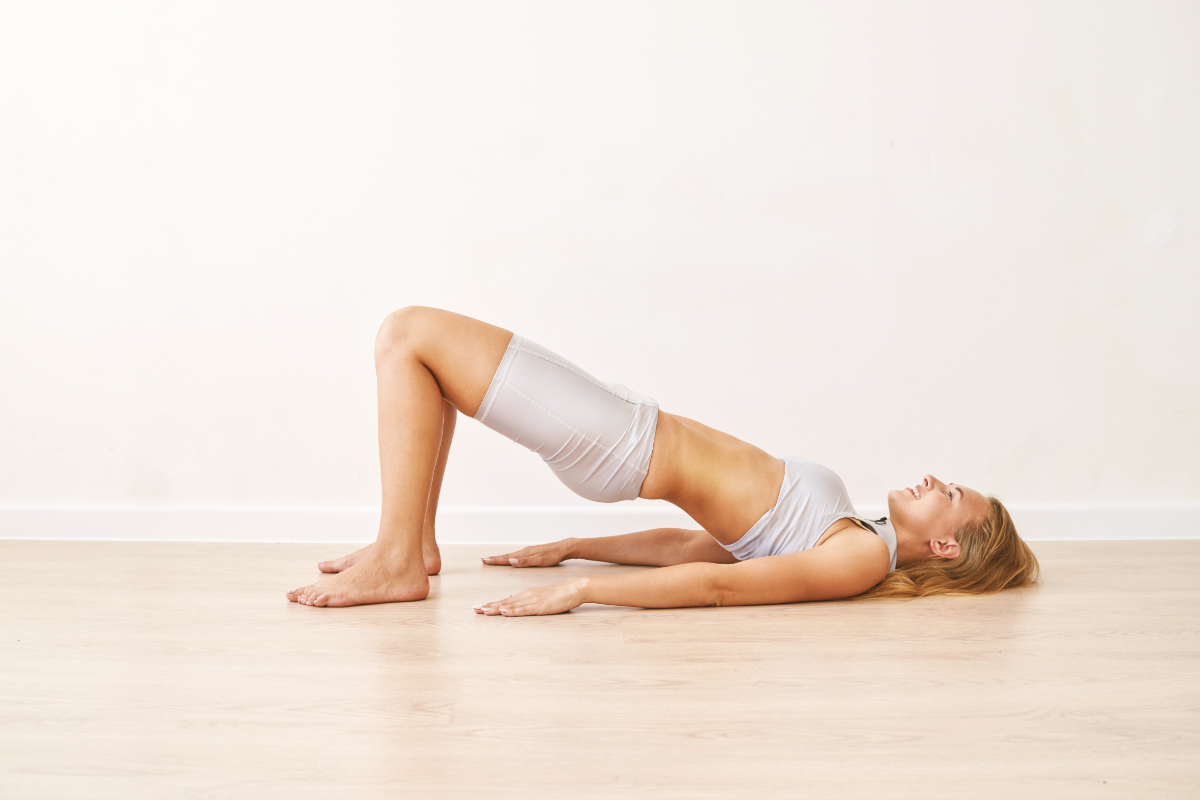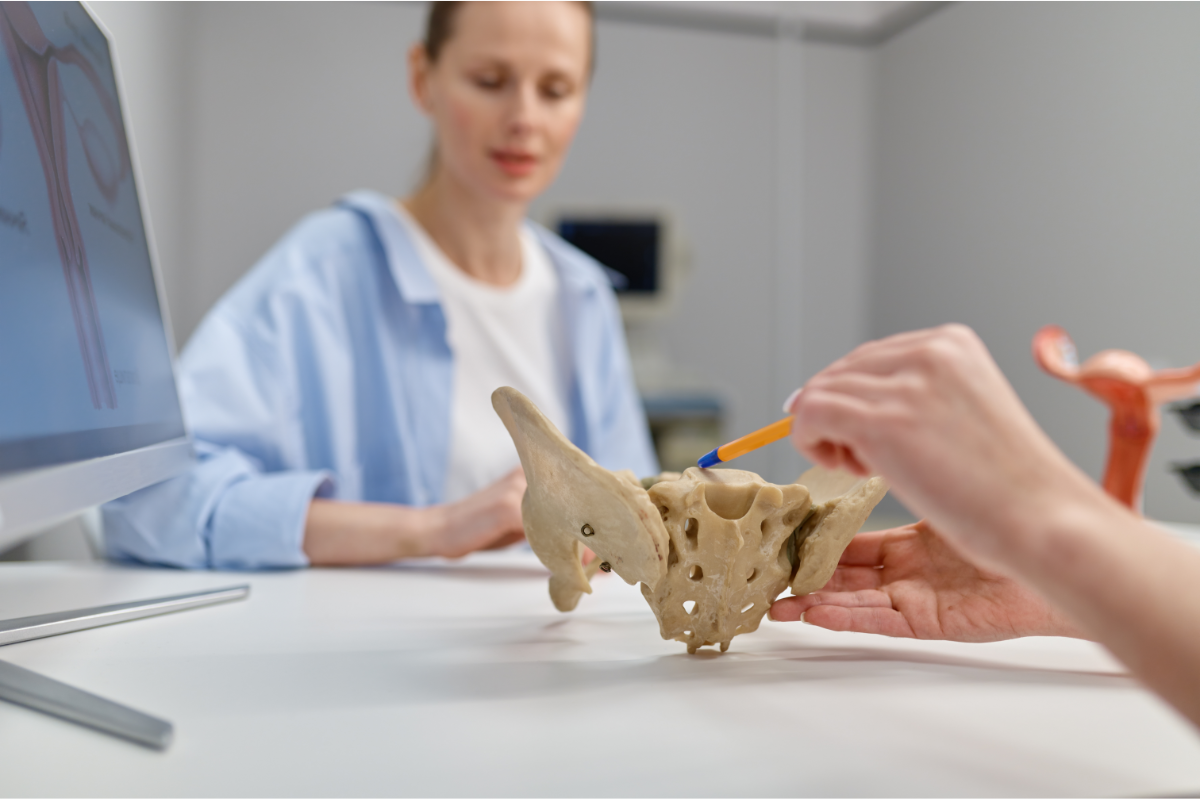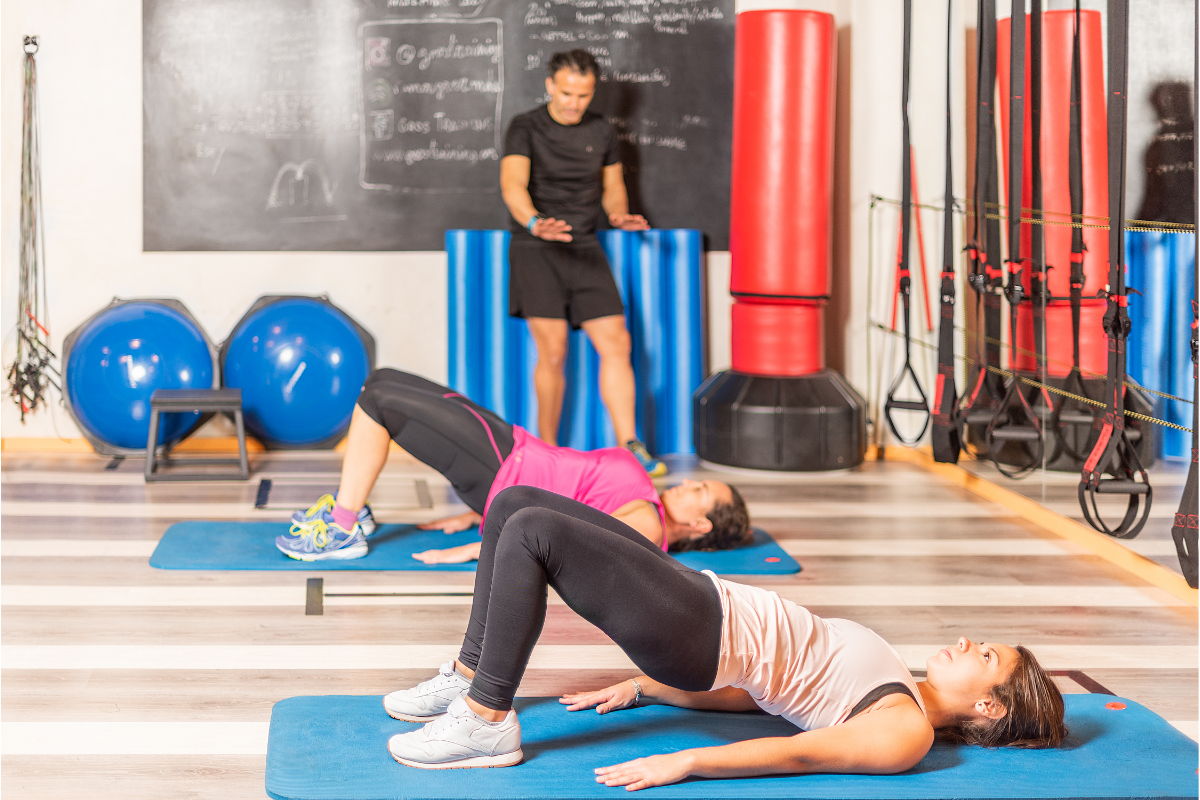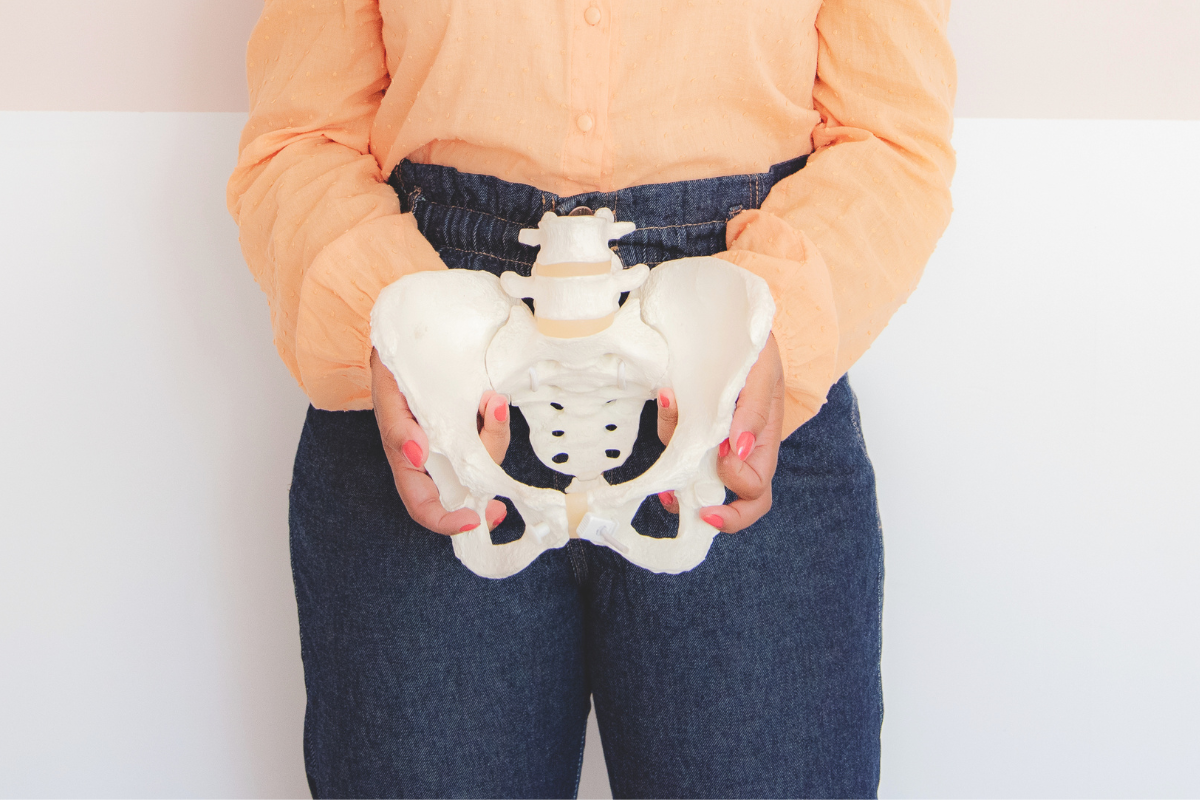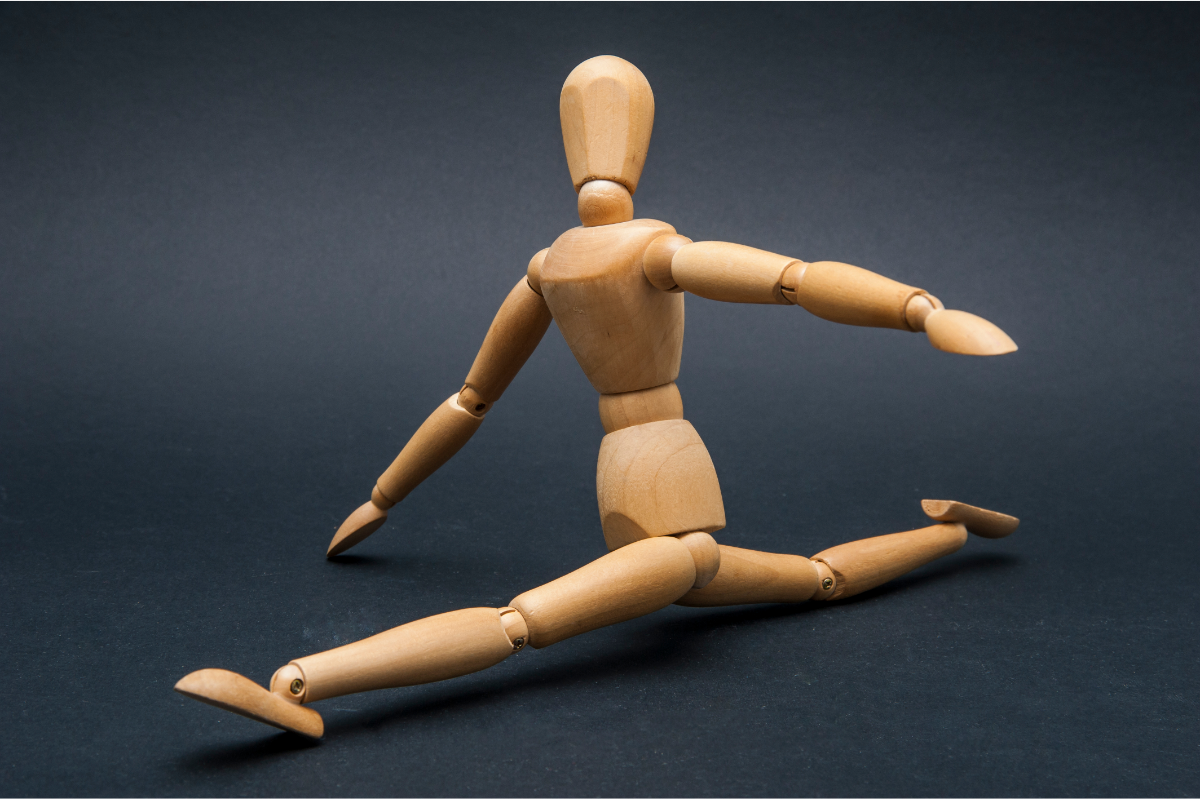Beginner’s Step-by-Step Guide to Pelvic Floor Exercises
Did you know your pelvic floor muscles are like the unsung heroes of your body? They support some of your most vital organs and play a huge role in everyday activities. Pelvic floor exercises are essential for everyone—whether you’re looking to improve bladder control, enhance sexual health, or recover from childbirth. This guide will walk you through everything you need to know to get started.
Your pelvic floor muscles, located at the base of your pelvis, form a hammock-like structure that supports your bladder, uterus (in women), and rectum. These muscles may not get much attention, but they quietly contribute to your overall well-being. From maintaining core stability to aiding in proper bowel and bladder function, a strong pelvic floor is key to a healthier and more confident you.
Despite their importance, many people are unaware of how to engage or care for these muscles until an issue arises. Problems like urinary incontinence, pelvic organ prolapse, or even lower back pain can often be traced back to a weakened pelvic floor. But the good news is that with the right exercises and habits, you can strengthen this vital muscle group and prevent or manage these challenges effectively.
Whether you’re an athlete aiming for peak performance, a parent recovering post-birth, or someone simply looking to enhance your quality of life, understanding and prioritizing pelvic floor health is a step in the right direction. In this guide, we’ll demystify pelvic floor exercises, debunk common myths, and give you practical tips to incorporate them into your routine.
What Are Pelvic Floor Muscles?
Anatomy of the Pelvic Floor
The pelvic floor is a hammock-like group of muscles located at the base of your pelvis. These muscles support organs like the bladder, uterus (in women), and bowel. They work quietly in the background, stabilizing your core and helping with functions like urination and sexual activity.
Key Roles of the Pelvic Floor
Think of your pelvic floor as the foundation of a house. Without it, things would quite literally fall apart! It helps maintain bladder and bowel control, supports pregnancy, and even enhances pleasure during intimacy.
Why Are Pelvic Floor Exercises Important?
Benefits for Women
For women, pelvic floor exercises can:
- Reduce the risk of urinary incontinence.
- Help with postpartum recovery.
- Prevent pelvic organ prolapse.
Benefits for Men
Yes, men have pelvic floor muscles too! Strengthening them can:
- Improve bladder and bowel control.
- Enhance prostate health.
- Boost sexual performance.
Common Issues Due to Weak Pelvic Floor Muscles
Incontinence
Leaking a little when you laugh or sneeze? That’s often due to weak pelvic floor muscles.
Pelvic Organ Prolapse
In severe cases, weakened muscles may cause organs to shift out of place, which can be uncomfortable and distressing.
Sexual Dysfunction
A strong pelvic floor can improve sensations and performance in the bedroom.
How to Identify Your Pelvic Floor Muscles
Simple Methods to Locate These Muscles
Try stopping the flow of urine midstream (just for identification, not as an exercise). Those are your pelvic floor muscles.
Common Mistakes When Identifying Them
Avoid squeezing your thighs, buttocks, or holding your breath. These don’t engage the right muscles.
Getting Started with Pelvic Floor Exercises
Preparing Your Body and Mind
Find a quiet space where you won’t be disturbed. Wear comfortable clothing and take a few deep breaths to relax.
Finding a Comfortable Position
Start lying down or sitting on a chair with your feet flat on the ground. This reduces strain and helps you focus on the muscles.
Basic Pelvic Floor Exercises
Kegels for Beginners
Kegels are the cornerstone of pelvic floor exercises. To perform them:
- Squeeze and lift your pelvic floor muscles.
- Hold for 3-5 seconds.
- Relax for the same amount of time.
- Repeat 10 times.
Quick Squeezes vs. Slow Squeezes
Quick squeezes help with sudden urges, while slow squeezes build strength and endurance.
Breathing and Coordination with Pelvic Floor Movements
Why Proper Breathing Matters
Holding your breath can add unnecessary pressure to your abdomen. Instead, inhale as you relax and exhale as you engage your pelvic floor.
Combining Breathing with Exercises
Think of your breathing like waves—steady and rhythmic, perfectly synced with your muscle contractions.
Advanced Pelvic Floor Exercises for Strengthening
Bridge with a Pelvic Floor Focus
Lie on your back, knees bent, and feet flat. As you lift your hips into a bridge, engage your pelvic floor muscles. Lower slowly while releasing.
Wall Sits with Muscle Engagement
Lean against a wall with your knees at 90 degrees. Hold the position while contracting your pelvic floor.
Pelvic Floor Relaxation Techniques
Importance of Relaxation for Balance
Overworking these muscles can lead to tension and discomfort. Relaxation is just as crucial as strengthening.
Exercises to Release Tension
Try deep breathing paired with visualizing your pelvic floor muscles relaxing like a flower opening.
When to Do Pelvic Floor Exercises
Daily Routines and Timing
Aim for 5-10 minutes, twice a day. Consistency is more important than duration.
Best Practices for Consistency
Link exercises to daily habits like brushing your teeth or watching TV.
Lifestyle Changes to Support Pelvic Floor Health
Diet and Hydration
Eat fiber-rich foods to avoid constipation, which can strain your pelvic floor.
Avoiding Heavy Lifting
When lifting, engage your pelvic floor muscles and exhale to prevent unnecessary pressure.
Common Mistakes to Avoid
Overtraining
Like any muscle, overdoing it can lead to fatigue. Start slow and build gradually.
Poor Posture During Exercises
Maintain a neutral spine and relaxed shoulders for effective engagement.
How to Track Your Progress
Signs of Improvement
Notice fewer leaks? Better control? These are signs you’re on the right track.
Tools and Apps for Monitoring
Apps like Squeezy can help track your progress and remind you to exercise.
When to Seek Professional Help
Physical Therapy for Pelvic Floor Issues
A pelvic floor therapist can assess and tailor exercises to your needs.
Recognizing When Exercises Aren’t Enough
If you see little improvement after several weeks, a professional can help.
Pelvic floor exercises are simple yet transformative. With just a few minutes a day, you can build a foundation for better health, confidence, and quality of life. Start small, stay consistent, and remember, every squeeze counts!
By taking the time to strengthen your pelvic floor, you’re not just addressing immediate concerns like bladder control or discomfort—you’re investing in your long-term health and well-being. These exercises are a preventive and empowering tool that can help you avoid future complications while improving your overall physical function. The best part? They can be done almost anywhere, without any special equipment, making them one of the most accessible ways to care for your body.
Consistency is key, and progress might be gradual, but the results are well worth the effort. As your pelvic floor muscles become stronger, you’ll notice improvements not only in specific areas like core stability and sexual health but also in how connected and in control you feel within your own body. Over time, these exercises can become a natural part of your daily routine, as integral as brushing your teeth or going for a walk.
Remember, it’s never too late to start prioritizing your pelvic floor health. Whether you’re recovering from childbirth, entering a new stage of life, or simply aiming to feel more confident in your body, these exercises are here to support you—literally and figuratively. So take that first step today, and enjoy the benefits of a stronger, healthier you for years to come.

I’m Hillary Swan, a certified fitness trainer specializing in women’s health and pelvic floor strength. I’m passionate about empowering others to improve their core wellness through targeted exercises. Let’s strengthen our bodies together for a healthier, more confident life.

